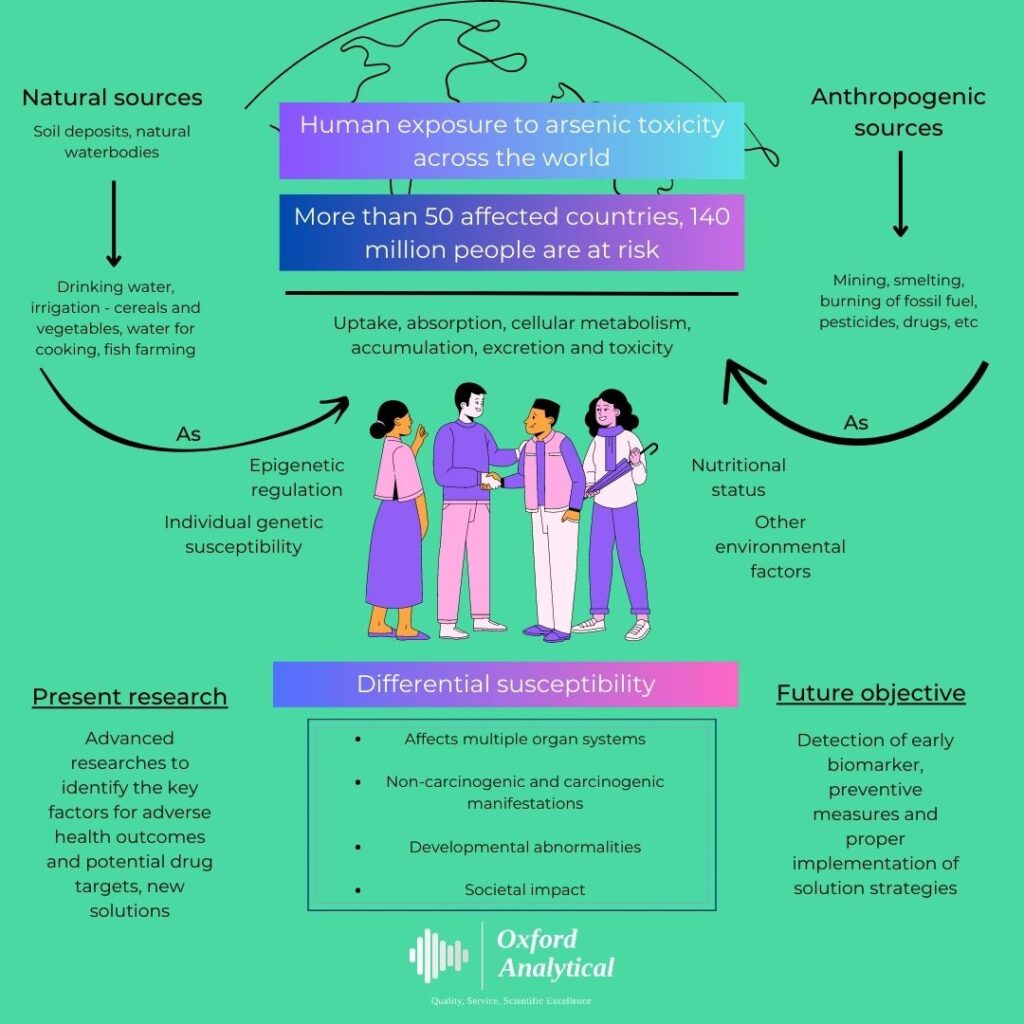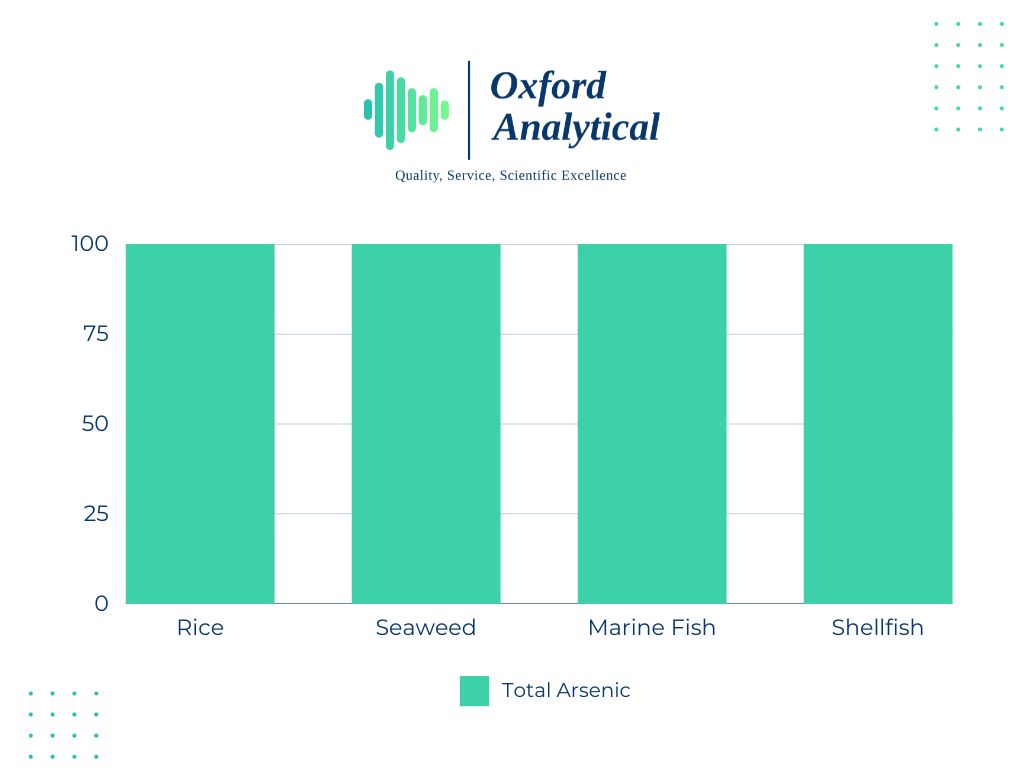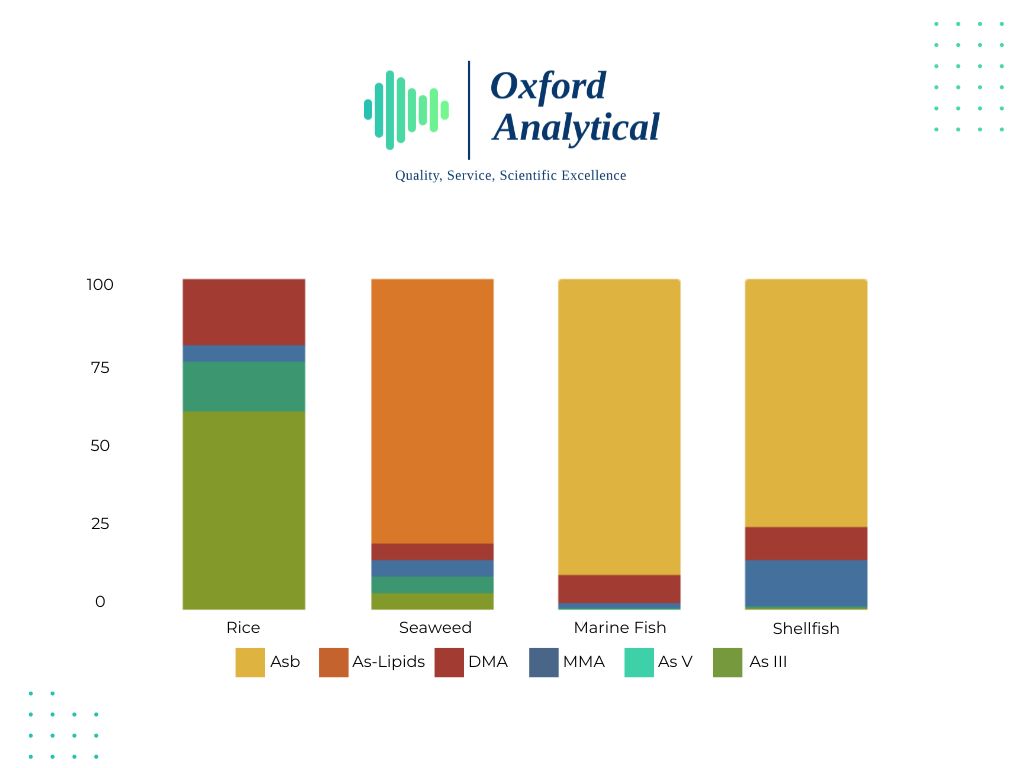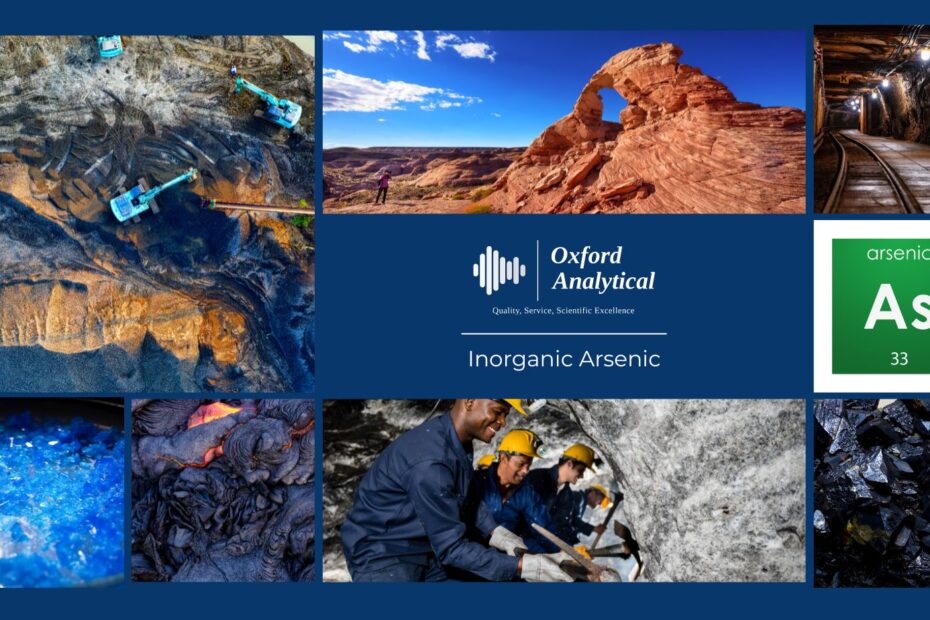Arsenic the “King of Poisons” has had a long-established history as a toxin, receiving its name due to often being used to assassinate royalty. More recently, it has received attention as it is naturally occurring at levels far greater than acceptable limits in a variety of Southeast Asian countries, notably, Bangladesh, where there is a risk of a potential epidemic. The image below gives a breakdown of the sources, worldwide spread, factors affecting the toxicity of arsenic and some of the impacts from arsenic toxicity.

Figure 1 Graphical abstract representing the current research findings and future objectives for Arsenic. (Taken from Sanyal, T. et al. (2020). Recent advances in arsenic research: significance of differential susceptibility and sustainable strategies for mitigation. Frontiers in public health, 8, 464.)
There has been a phenomenal amount of research conducted around Arsenic. From how it is absorbed into different types of plants, and especially rice, where in the plants it migrates to, metabolism studies to understand what species are absorbed, how they are metabolised and excreted, toxicological studies to investigate the mechanisms behind the toxicity, the different toxicities of different species of arsenic and large-scale epidemiological studies investigating the potential relationships between arsenic species and the prevalence of certain diseases.
One of the key results that have come out of these studies have been understanding the uptake of arsenic in rice. Due to the fact the growing conditions for rice consist of the plant being grown underwater and in anaerobic conditions, the arsenic is able to enter the rice plant through the same channels as phosphate ions (which are essential to plant growth). It is typically inorganic arsenic, which is absorbed in this way, though some other organic species can also be absorbed.
Research is still ongoing into toxicological effects of different arsenic compounds. Inorganic arsenic is classed as toxic, organoarsenic species such as methylated arsenic compounds (compounds with CH3), arsenolipids, and arsensosugars have a huge debate around them regarding their toxicity effects, some say they are more toxic than inorganic arsenic, some say they metabolites resulting from the detoxification process of inorganic arsenic within the body. The important take home point of this is that toxicology is a complex subject, and the toxicity of organic arsenic species has yet to be determined.
One particular arsenic compound has been identified as non-toxic, Arsenobetaine, which is a major component of the arsenic present in marine fish and crustaceans. This is why arsenic speciation analysis is so important.
Analysing for total arsenic will not give an understanding of the potential toxicology of the sample – if all the Arsenic is present as Arsenobetaine then there is no toxic effect, however there will be if the arsenic is all present as inorganic arsenic!
The figures below should help illustrate this point.

Figure 2 Total Arsenic only tells you how much arsenic is present, not how much is toxic.

Figure 3 Arsenic Speciation shows how much of the sample is made up of toxic or non-toxic species.
Comparing both figures, we can see while all samples contained the same amount of arsenic, the rice contains the largest proportion of toxic arsenic, with shellfish and marine fish containing the least.
Inorganic arsenic has been identified as an impurity in fertilisers which needs to be analysed and has a limitation of 40mg/kg. This is likely due to the potential for inorganic arsenic to enter plants from the fertiliser and therefore the food chain.
Do you have fertilisers that require inorganic arsenic testing? Let us know and we can help with this!

